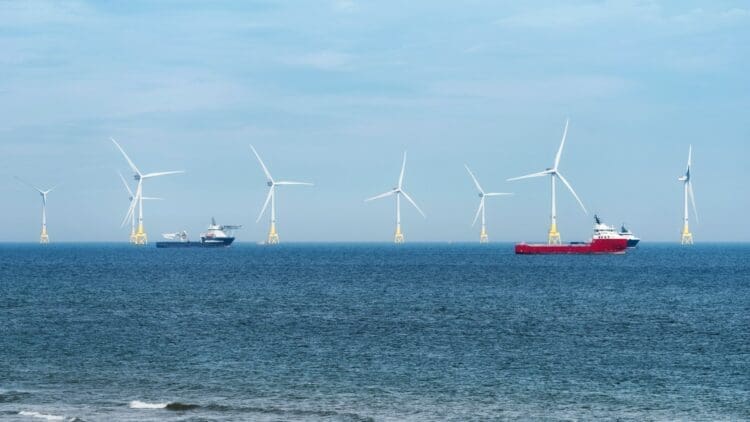German energy giant RWE has announced that it has suspended a 2 GW offshore wind project in Australia. The project was located on Victoria’s coast and was supposed to strengthen the wind power sector in the land down under. The world has shifted its focus towards the renewable energy sector; however, certain nations have not embraced the potential that the renewable energy sector presents. Australia is among the countries in the world that rely heavily on the coal sector to meet its energy demands.
The Australian wind power sector is facing an uncertain future, thanks to several companies pulling out of the nation
The renewable energy sector is facing a troubling future in Australia. The land down under has vast resources available, like the universally renowned sunshine and wind in the Australian outback. Despite the nation’s clear and ever-present resources that could serve the renewable energy sector, Australia still relies heavily on the conventional coal sector as its main energy generation resource.
In recent years, several international energy companies, particularly those in the renewable energy sector, have attempted to gain a foothold in Australia’s energy sector. RWE is one such company. The German renewable energy company has a wide range of projects in its portfolio and boasts extensive experience in the energy sector.
The company has noted that after close to a year of feasibility studies, it has opted to pull out of the development of a 2 GW Kent offshore wind project off the Gippsland coast in Victoria. The Kent offshore wind farm was expected to become operational in the first half of the 2030s and was located 67 kilometers off the coast.
“This decision follows a review of the project’s competitiveness in current market conditions, as well as ongoing uncertainties around supply chain costs and the future design of the auction framework. We want to be clear that this decision relates solely to the Kent offshore wind project.” – statement from RWE
The exit by RWE is a sharp contrast to what was taking place in Australia in 2022
In 2022, Australia’s federal government declared the Gippsland region as the nation’s first offshore wind zone, with the potential to deliver 25 GW of renewable energy. That prompted many energy companies to apply for the relevant licenses required for operation to commence in the land down under. Twelve projects received a feasibility license from the government.
However, time has a way of completely changing reality, and now the Australian government has pushed back its planned auction round. In September, the federal government announced that it had indefinitely postponed its first offshore wind auction.
Also, in September of this year, the joint venture between Origin Energy and Renewable Energy Systems halted operations at their 1.5 GW Navigator offshore wind farm in Australia. The state of the renewable energy sector in Australia is a far cry from the happenings in Europe, where analysts say wind power could become the dominant energy force by 2030.
Will Australia reverse its decision and finally embrace the potential of the renewable energy sector
Due to RWE and several other energy companies pulling out of the Australian market, the renewable energy sector is facing an uncertain future in the nation. There is hope among industry experts that Australia can reverse its stance towards the wind power industry as the sector continues to grow across the world. Australia could follow the example of other coal and oil-rich nations that have shifted towards the renewable energy sector, like the UAE and Oman. Australia serves as a last stronghold for the conventional energy industry, and if the current trend continues, it will remain so for the foreseeable future.





